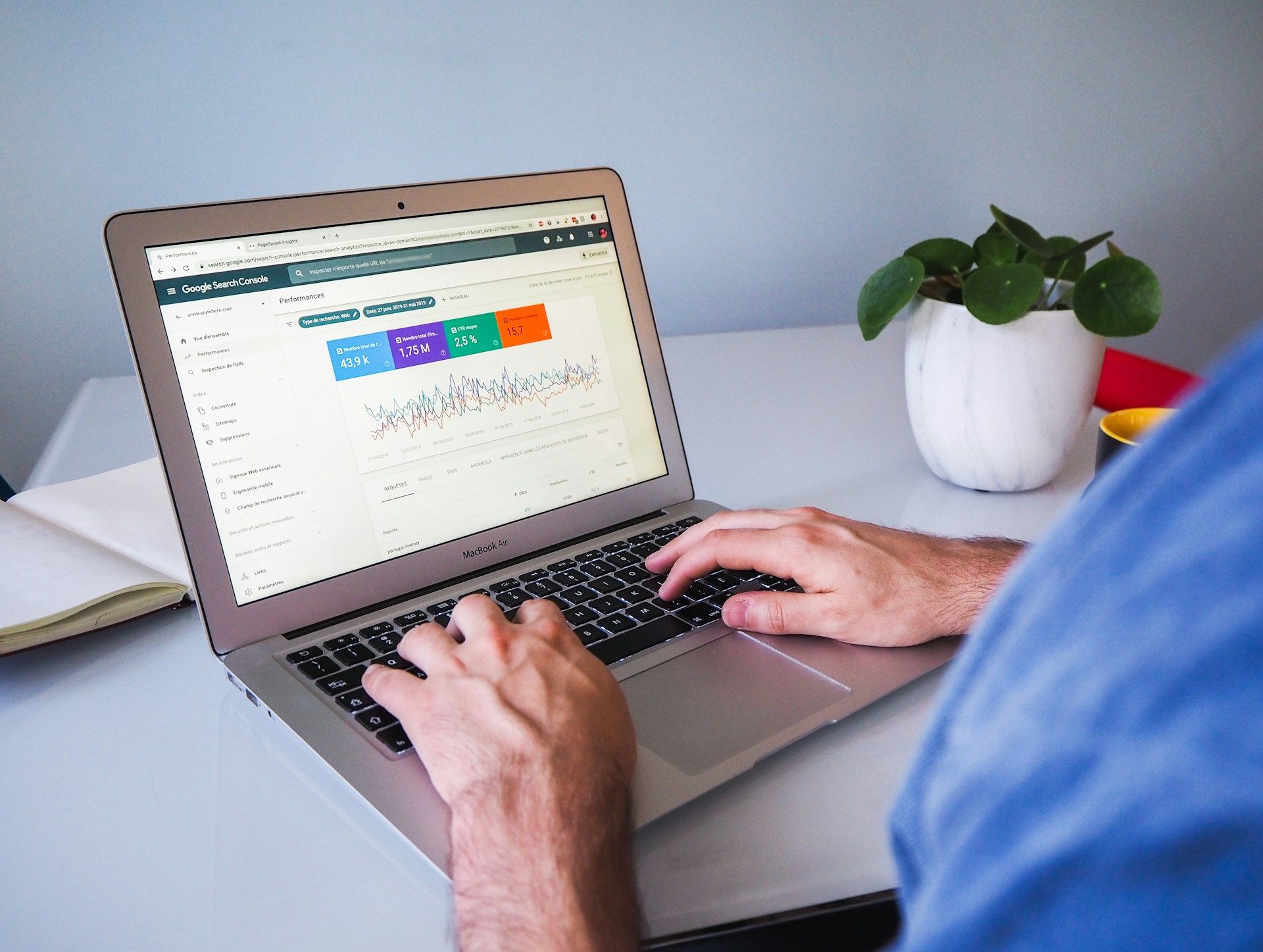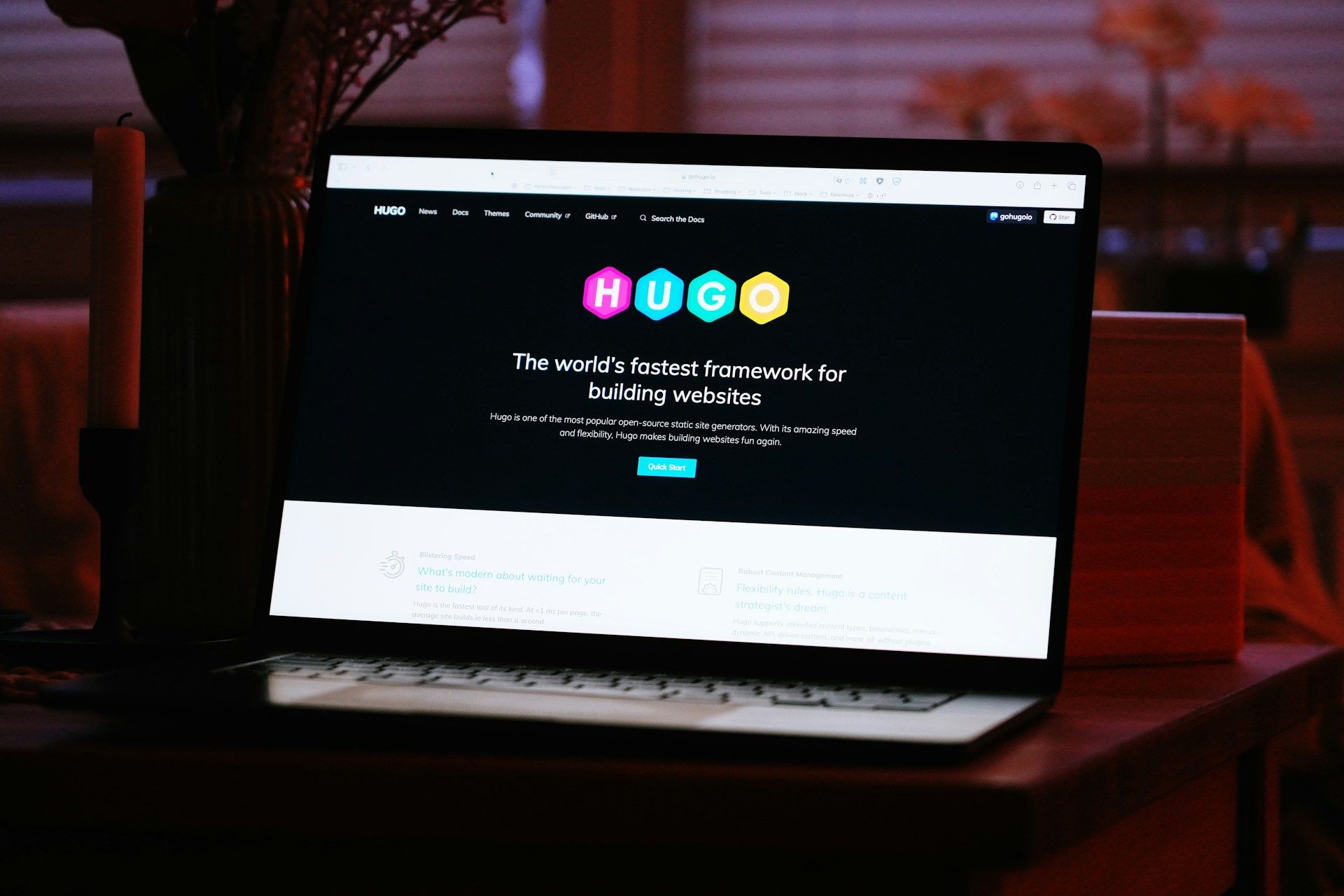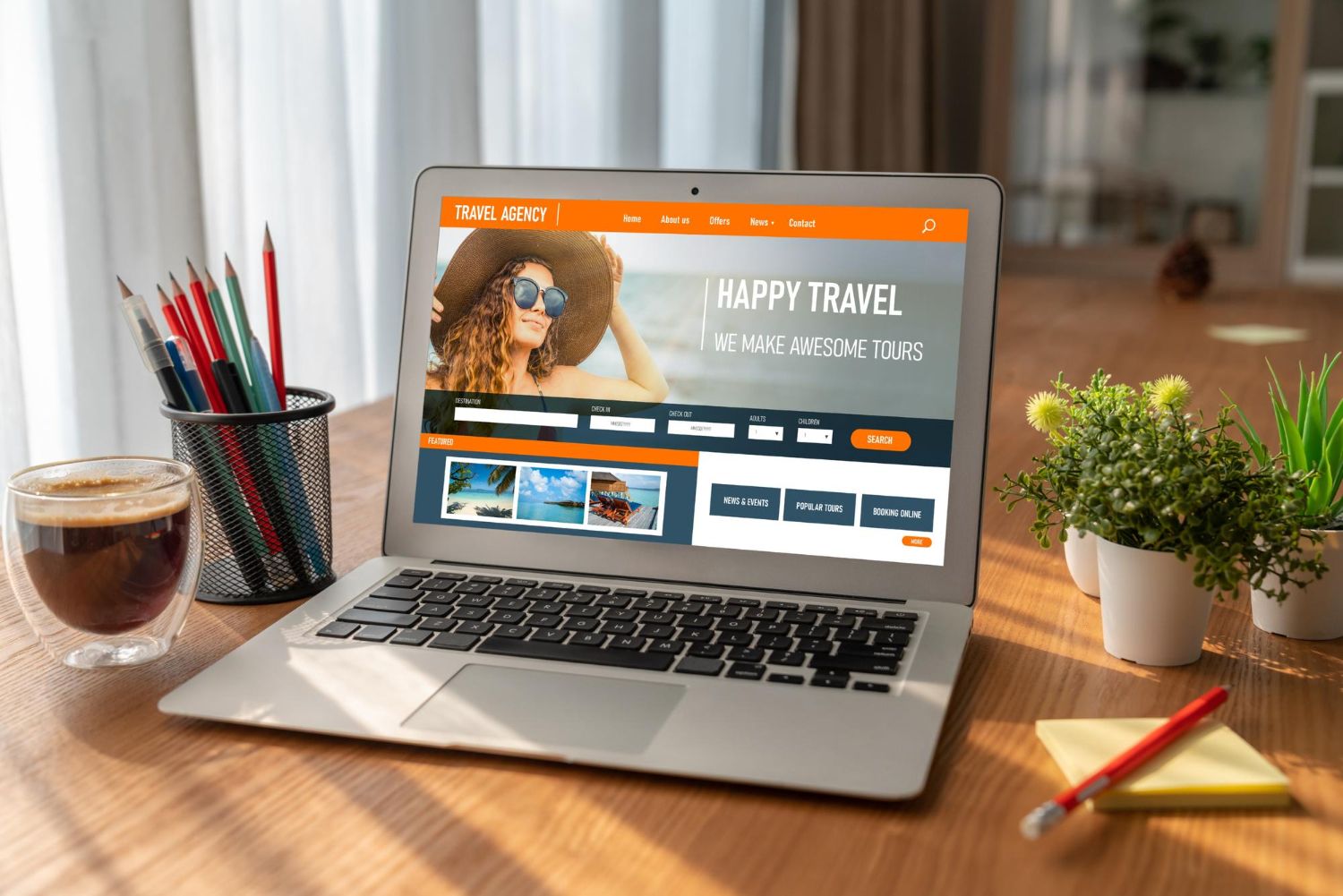Template Websites: Hidden Costs and Limitations
Template websites lure small businesses with the promise of a quick and cost-effective way to get online. It’s easy to see why they might seem like the perfect solution. You pay a one-time fee, choose a design, and suddenly you have a professional-looking website, or so it seems. The allure of low upfront costs and instant launch appeals to many who want a polished online presence without a hefty investment. However, as with most things that sound too good to be true, there are often hidden downsides lurking beneath the surface.
While template websites appear inexpensive initially, they come with costs and limitations that aren’t immediately obvious. Some of these costs manifest during the setup phase, while others appear as the business grows and the site needs updating or scaling. Let’s take a closer look at the hidden expenses and limitations of template websites, focusing specifically on how these aspects affect small businesses in Houston.
Initial Setup Costs
When setting up a template website, the initial costs might seem minimal, but these can add up quickly. Here’s what you need to consider:
– Template Purchase: Most professional templates require a fee. Prices can vary widely based on design complexity and included features.
– Domain and Hosting: You’ll need a domain name for your business along with a hosting service to keep your site online. While these are typical costs for any website, they are still part of your setup expenses.
– Customization: Templates often need tweaking to fit your brand’s look and feel. This might involve hiring a designer to adjust colors, fonts, and layout elements, creating additional costs.
These initial steps are just the beginning. Each adjustment can bring additional challenges and expenses, which might not align with the original perception of affordability.
Hidden Maintenance and Update Fees
Beyond setup, ongoing maintenance is necessary to ensure the website functions smoothly and securely. Even a premade template requires attention:
– Regular Maintenance: Every site needs regular checks for plugins, themes, and core software updates. These ensure the site remains functional and secure from online threats.
– Compatibility Issues: As new plugins and features are released, updates may not work seamlessly with your chosen template, requiring further customization or workarounds.
– Security Investments: Without regular updates, websites become vulnerable to security risks, potentially leading to downtime or data breaches.
While these aspects might seem straightforward, they involve continuous attention and resources, especially for businesses that must stay ahead in the competitive space of Houston’s digital landscape.
Limitations in Customization and Scalability
Template websites often come with built-in constraints that are not immediately evident. These limitations become apparent when you try to tailor the site to fit your specific business needs. The templates usually have predefined layouts and features, making them less adaptable to unique branding or functionality requirements you might have as your business evolves. This rigidity can stifle your creativity and limit how effectively the website communicates your brand’s message.
Scaling a website is another challenge many businesses face. As you grow and your online presence needs to expand, a template site may struggle to accommodate increased traffic, additional content, or new functionalities. For instance, adding a new service page or integrating an e-commerce component can be complex and costly since modifications often need technical know-how that templates don’t typically support without extra coding. This limitation can hinder your ability to meet customer expectations and keep up with technical advancements, particularly in a thriving market like Houston.
Impact on SEO and Performance
The structure of many template websites can negatively affect your site’s search engine optimization (SEO) and overall performance. Pre-designed templates might come with excessive coding or scripts that slow down loading times. Search engines, like Google, prioritize fast-loading sites, so this lag can affect your rankings. The repetitive code and similar layouts common to many templates might also hinder your ability to climb in search engine results, limiting your site’s visibility to potential customers.
Performance issues extend beyond SEO to how your website functions for visitors. Slow page loads and unresponsive design can lead to a poor user experience, reducing the chance of converting visitors into customers. In a competitive digital landscape like Houston, you want every advantage to make sure visitors stay and engage with your content. By relying on a template, you might find your site falling behind due to these setbacks.
Investing in Custom Solutions for Long-Term Benefits
While a template might offer short-term savings, investing in a custom-built website can provide significant long-term advantages. Custom web design allows you complete freedom to create a site that mirrors your brand’s identity and caters to the specific needs of your audience. This tailored approach not only provides a unique look but also ensures that every aspect of the site functions seamlessly to enhance user experience.
A custom solution offers rich opportunities to optimize for SEO and peak performance. You can structure your site to load quickly, make it easier for search engines to navigate, and ensure a smooth user experience for those visiting your site. This adaptability allows you to scale and add features as your business grows without the limitations imposed by a prefabricated template.
Preparing for a Successful Online Presence in Houston
Being mindful of the hidden costs and limitations of template websites is crucial for any business planning a strong online strategy. The simplicity and initial cost-effectiveness of these sites are often overshadowed by their downsides, which can impact performance and growth as your business evolves.
As a business in Houston, consider evaluating your long-term online objectives and whether a template site can actually support them. Investing in a custom solution could provide not only a better alignment with your brand but also the flexibility needed to adapt to future changes and market demands. By understanding these potential pitfalls, you can make an informed choice that sets your business up for online success.
When your business in Houston demands a standout online presence, look beyond the limitations of template sites. Custom solutions offer the flexibility and performance you need to thrive. Discover how BK Design Solutions can help elevate your brand with expert web design in Houston. Let’s work together to create a website that truly represents your business and meets the needs of your audience.









